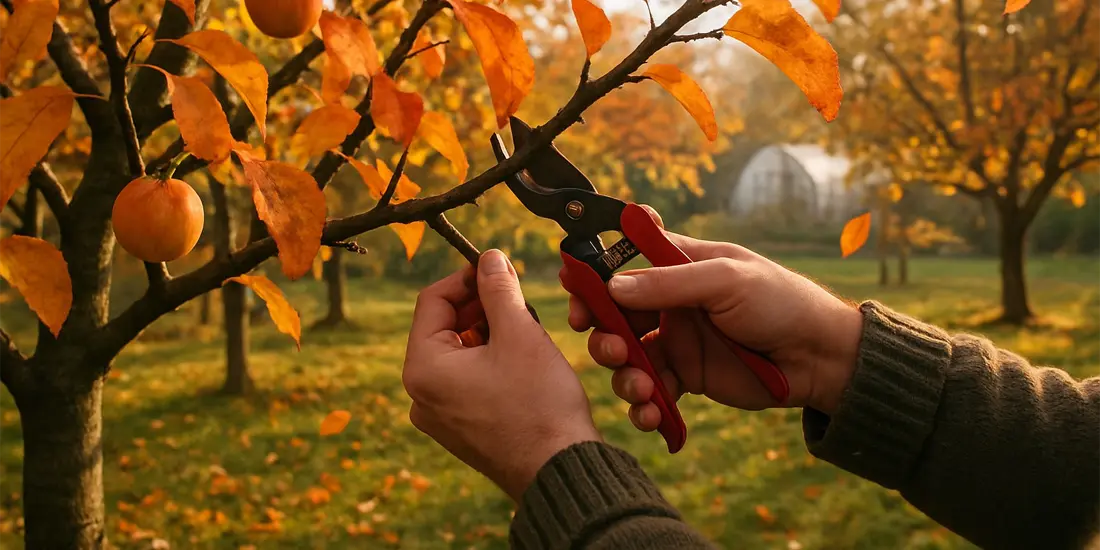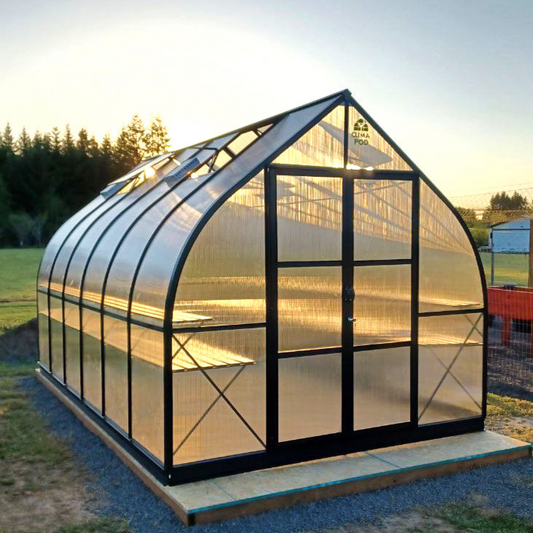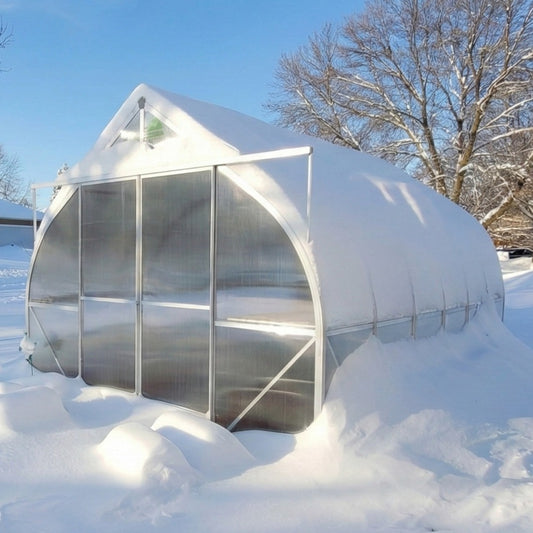
Fall Tree Pruning: When and How to Prune Safely
As fall arrives and trees prepare for their winter rest, many gardeners wonder if this is the best time to prune. Pruning is one of the most important steps in maintaining tree health, but timing and technique matter. In this guide, you’ll learn when to prune, how trees heal from cuts, and what tools you’ll need to do it right.
Choosing the Right Season for Pruning
Although fall might seem like an ideal time for pruning: trees are dormant, leaves have fallen, and branches are clearly visible. Autumn pruning is not always the best idea. Pruning creates open wounds on trees, and during fall, most trees slow down their healing processes as they prepare for dormancy. This means cuts can remain open longer, increasing the risk of disease or decay.
The best time to prune most trees is in late winter or early spring, when growth resumes and the tree can quickly seal off pruning wounds. During this period, trees are less susceptible to pests and can recover faster.
How Trees Heal After Pruning
Unlike humans, trees do not heal by regenerating damaged tissue. Instead, they isolate the wound in a process called compartmentalization. After pruning, new cells form around the damaged area, sealing it off to prevent infection or decay. However, if pruning occurs too late in the season, trees may not have enough time to begin this protective process before winter sets in.
When pruning is done correctly and at the right time, trees are able to strengthen themselves and remain more resilient to pests, disease, and environmental stress.
When to Prune Trees
For most species, the best time to prune is during late winter or early spring. During this time, the tree is still dormant, minimizing stress and sap loss. As temperatures warm, new growth will quickly close pruning cuts.
That said, there are exceptions. Light pruning in fall is acceptable if it’s limited to removing dead, dying, or hazardous branches. Sanitary pruning (removing broken or infected wood) can be done anytime of year to prevent further damage.
Fall Pruning Tips
If you decide to prune in the fall, focus only on maintenance and safety. Follow these simple guidelines:
- Remove dead branches completely: Cut as close to the trunk as possible without damaging the branch collar. This helps prevent decay and disease.
- Trim broken or partially damaged branches: Make your cut about ¼ inch above a healthy outward-facing bud. This encourages proper new growth in spring.
- Inspect for cracks or signs of rot: Remove any affected parts of a branch to prevent fungal infections from spreading.
- Avoid heavy pruning: Extensive cuts can stress trees, leaving them vulnerable during cold weather.
Essential Tree Pruning Tools
Having the right tools makes pruning easier and safer. Use clean, sharp, and well-maintained tools to avoid spreading disease.
- Hand pruners: Ideal for small branches up to ½ inch thick.
- Loppers: Great for medium branches up to 2 inches in diameter. Choose a geared or ratcheting lopper for added leverage.
- Hand saws: Use a curved-blade pruning saw for thick branches. Avoid chainsaws for live wood - they can cause excessive damage.
- Disinfecting wipes or alcohol solution: Clean your tools between trees to prevent the spread of pathogens.
Pro Tip:
Disinfect pruning tools before and after each session. A simple 10% bleach solution or rubbing alcohol works well to kill fungi and bacteria.
Conclusion
Pruning trees in the right way and at the right time strengthens their structure, improves air circulation, and promotes healthy growth. While fall pruning should be limited to light maintenance, the main pruning should be done in late winter or early spring for best results. With clean tools, sharp blades, and careful timing, your trees will stay healthy for years to come.











